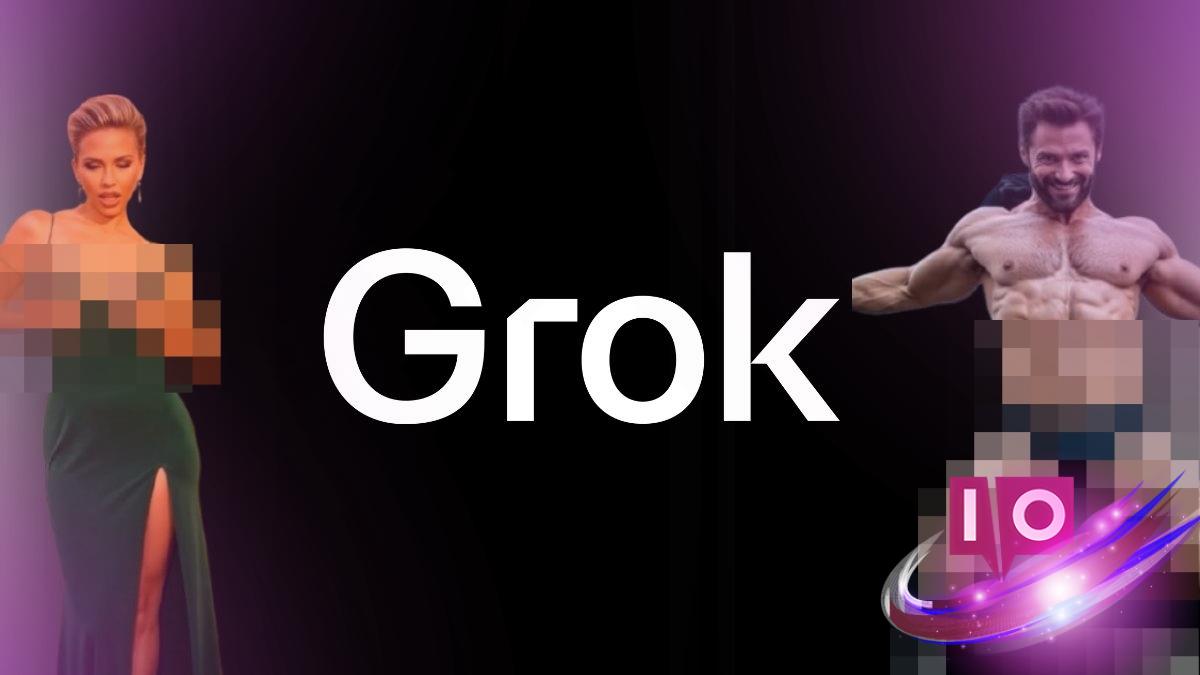Elon Musk’s latest update to his “free speech AI,” Grok Imagine v0.9, has arrived, and it raises significant questions about the implications for content creation. This update introduces sound support, allowing users to add custom speech to their videos, and it’s now available for free, which could lead to repercussions in video authenticity and creator responsibility.
With this new version, Grok Imagine expands its video generation capabilities significantly. Previously limited to only X Premium and SuperGrok users, the improvements now include enhanced video quality, boasting a frame rate upgrade from 16 FPS to a smoother 24 FPS. Musk himself shared the news through his official X post.
Grok Imagine Takes On Competition
This update appears to be a direct response to OpenAI’s Sora 2, which has recently launched an invite-only system, restricting access for many potential users. Grok Imagine is now quicker in generating videos, completing requests in mere seconds compared to Sora’s one to two minutes.
Testing the New Features of Grok Imagine
Curious about Grok Imagine’s new capabilities, I decided to put it through its paces. My initial attempts were casual prompts, like animated animals conversing, a Tesla racing Formula 1 cars, and imagining a bubbly dog. The results were impressive and visually engaging.
Examining the Speech Features
Exploring further, I utilized the new Speech option to generate an Ice Princess character expressing humorous lines, and the results were quite effective. Given the platform’s controversial nature, I was eager to test its limitations by attempting to input curse words, which it accepted without any refusal.
This led me to ponder a more provocative question: Would I be able to create videos featuring real public figures saying things they never actually said? My experiment confirmed that Grok Imagine allowed me to craft videos of Donald Trump uttering random phrases, something I hadn’t anticipated.
Concerns Over Deepfake Potential
Compounding these concerns is Grok’s controversial Spicy mode, which permits the generation of explicit or suggestive likenesses of celebrities. The ease with which users can create deepfakes raises considerable ethical questions about verification and public trust.
While Musk’s intention to maintain freedom in Grok’s usage is commendable, it points to the need for critical safeguards. The absence of these guardrails could lead to an overwhelming wave of misinformation and deepfake content flooding social media platforms.
Considering how easily Grok Imagine allows the creation of hyper-realistic deepfakes, public discourse and representation could be at stake. There’s a genuine threat of seeing celebrities and political figures manipulated in ways that are misleading and damaging.
Are there limitations on what I can create with Grok Imagine? Currently, the platform offers few restrictions, enabling users to explore diverse creative possibilities with video generation. However, this freedom raises ethical concerns regarding the potential for misinformation.
What are the implications of using AI-generated videos featuring real people? The unauthorized use of public figures can lead to confusion among viewers, jeopardizing the integrity of media representations and fueling the spread of false information.
Is Grok Imagine safe for all types of content? While it has features that encourage creativity, the lack of strict guidelines could facilitate the creation of harmful or misleading content.
As content creators and consumers, we need to navigate this new landscape thoughtfully. The introduction of powerful tools like Grok Imagine facilitates immense creative freedom, but without adequate checks and balances, we risk fostering a digital environment rife with deception.
In conclusion, as we embrace the possibilities presented by AI, let’s remain vigilant about how these technologies are used. Continued exploration of ethical practices in AI-generated content is essential to ensure that innovation does not compromise our trust in media. For more insights and evolving trends in technology, be sure to check out Moyens I/O.
